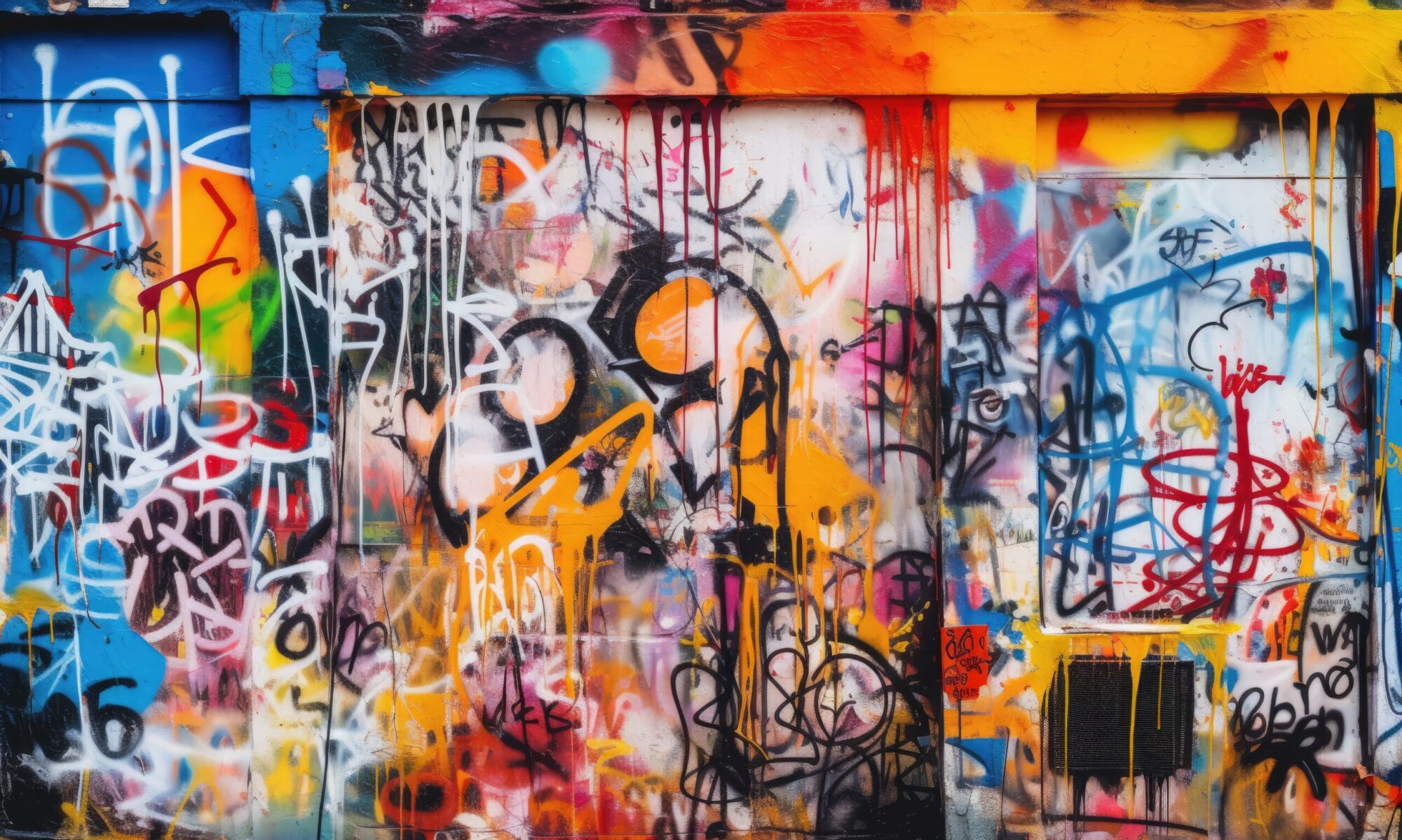This is the 4th post in a series announcing resources created for the Scholarly Communication Notebook, or SCN (see Recent Posts for other, well, recent posts). The SCN is a hub of open teaching and learning content on scholcomm topics that is both a complement to an open book-level introduction to scholarly communication librarianship and a disciplinary and course community for inclusively sharing models and practices. IMLS funded the SCN in 2019, permitting us to pay creators for their labor while building a solid initial collection. These works are the result of our first CFP last fall (round 2 opening soon).
Today, in the midst of the 2021 Library Publishing Forum, we’re excited to share Static Web Publishing for Digital Scholarship: Resources for Scholarly Communications Librarians, by Chris Diaz (also available via the SCN). Chris notes that static sites can be a powerful technology for scholcomm work, and provides a lesson plan, annotated bibliography, and tutorials. The site hosting these resources is itself a static site. In a web full of bells and whistles, sometimes simple is just right. Here’s Chris introducing his work:
Static site generators have helped me publish digital humanities projects, open textbooks, serial publications, and scholarly monographs for free. This category of open source software is not a popular “publishing platform” for scholarly communications librarians or library publishers because there are hundreds of options out there and each of them may be difficult to learn without prior experience using command line programs. My goal with the tutorials and learning resources in “Static Web Publishing for Digital Scholarship” is to help librarians get started with static site generators and reveal their potential as scholarly communications infrastructure.
Static site generators are open source, command line programs that build a static website on your computer that can be uploaded to any web server. Static websites are flat HTML files that render without the need of a database backend. Static websites have many benefits to librarians who support digital scholarship and scholarly publications:
- They are cheap (sometimes free) to host, secure, and maintain because they do not require server-side application software in order to function
- They are built from human-readable plain-text files that can be opened on any operating system using any text editor, which is good for preservation
- The files are portable and self-contained, giving you the freedom to store and access the files on any machine, laptop, server, phone, or hard drive
- HTML files are easier to design for accessibility than PDF files; however, static websites can serve PDFs alongside HTML
There are hundreds of open source options out there, but most use very similar workflows and organizational concepts so that knowledge of one can translate to quick familiarity with another. I use Jekyll, Hugo, Bookdown, and Pandoc regularly, depending on the needs and use cases of the project in front of me. I consider static websites (and the minimal IT infrastructure needed to deploy them) a strong example of a next generation library publishing tool. The strategy behind using them for digital publishing is informed by a few recent developments in scholarly publishing and academic libraries, mostly:
- Calls for open infrastructure for scholarly communications and academic publishing
- Minimal computing as a theoretical framework for digital humanities
- New platforms for digital exhibits, digital collections, courses, and book publishing
Content management systems are great for most websites, but scholarly publications are not like most websites. Scholarship is rarely updated after it is published and it needs to be maintained in perpetuity. Technical maintenance comes at a cost, which makes it more difficult to allocate resources to “legacy” content when the costs get high. Static websites eliminate “the library server” problem, which Alex Gil defines as the “often unseen indirect cost of database-driven infrastructure on the technical support systems and personnel within libraries. Database systems require maintenance and security in a way that flat HTML files do not.”
My experience building static websites for journals, monographs, and open textbooks has made me a more valuable collaborator on a variety of library technology and academic research projects. This knowledge is useful even when static websites are not the best platform for a project. I wish I had learned about these when I took an introduction to web design class in library school because they demonstrate important skills for librarians, such as accessibility, web standards, project management, document organization, markup languages, and basic IT infrastructure. Given the growing interest in static site generators from the scientific, digital humanities, cultural heritage, and library communities, now is a great time to learn and explore new potentials.
About the Author
Chris Diaz is the Digital Publishing Librarian at Northwestern University in Evanston, Illinois. He maintains his own static web presence at https://chrisdaaz.github.io/ and is on Twitter at @chrisdaaz.
